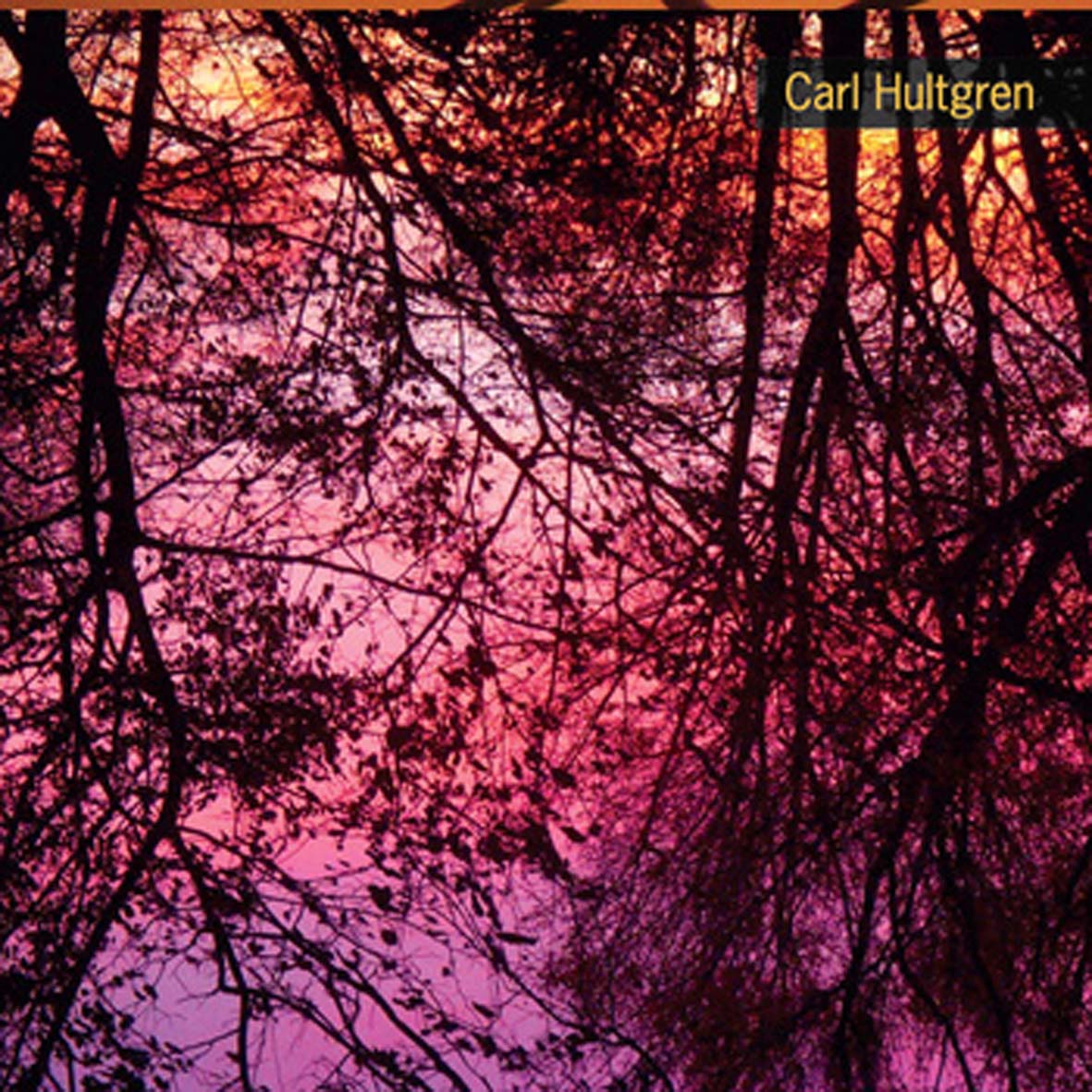 Most of Carl's first solo album perversely sounds almost exactly like what I would expect it to sound like: a Windy & Carl album without Windy.  On one hand, that is a little disappointing, as it would have been interesting to hear a completely different side of Hultgren's artistry and this material probably could have been the start to yet another great collaboration.  On the other hand, Carl's languorous, shimmering guitar passages have always been my favorite part of Windy & Carl's music and now I get an uninterrupted two-hour deluge of them.  Though the presence of a vocalist would have added some nice contrast and variety, Tomorrow is still strewn with more than enough dreamy beauty and understated masterpieces to work quite nicely on its own.
Most of Carl's first solo album perversely sounds almost exactly like what I would expect it to sound like: a Windy & Carl album without Windy.  On one hand, that is a little disappointing, as it would have been interesting to hear a completely different side of Hultgren's artistry and this material probably could have been the start to yet another great collaboration.  On the other hand, Carl's languorous, shimmering guitar passages have always been my favorite part of Windy & Carl's music and now I get an uninterrupted two-hour deluge of them.  Though the presence of a vocalist would have added some nice contrast and variety, Tomorrow is still strewn with more than enough dreamy beauty and understated masterpieces to work quite nicely on its own.
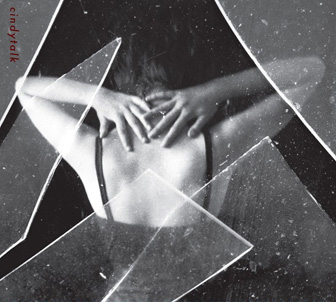 Not all that dissimilar from the trend one time collaborator Robert Hampson made from Loop to Main to his solo works, Gordon Sharp has also evolved from a more conventional musician (appearing on works by This Mortal Coil and the Cocteau Twins no less) to an idiosyncratic electronic composer in the past 30 years. In line with his work from the earlier part of this century, touchedRAWKISSEDsour is a mass of laptop generated noises that are actually much more nuanced then they would seem on the surface, intentionally obscuring a rich world of composition.
Not all that dissimilar from the trend one time collaborator Robert Hampson made from Loop to Main to his solo works, Gordon Sharp has also evolved from a more conventional musician (appearing on works by This Mortal Coil and the Cocteau Twins no less) to an idiosyncratic electronic composer in the past 30 years. In line with his work from the earlier part of this century, touchedRAWKISSEDsour is a mass of laptop generated noises that are actually much more nuanced then they would seem on the surface, intentionally obscuring a rich world of composition.
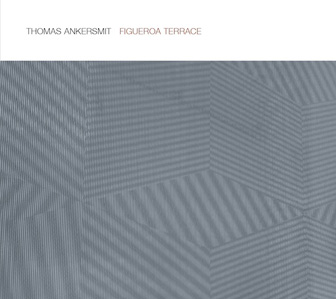 Over the last few years, Thomas Ankersmit has been shifting his primary instrument from a saxophone to modular analog synthesizer. Surprisingly, Figueroa Terrace is technically his first album proper, with previous releases consisting of collaborations and live performances. Unsurprisingly, however, is his use of the less immediate setting of the studio to his advantage, constructing a dizzyingly dynamic album length piece that showcases all of the strengths he has shown in previous releases, with an even higher level of polish.
Over the last few years, Thomas Ankersmit has been shifting his primary instrument from a saxophone to modular analog synthesizer. Surprisingly, Figueroa Terrace is technically his first album proper, with previous releases consisting of collaborations and live performances. Unsurprisingly, however, is his use of the less immediate setting of the studio to his advantage, constructing a dizzyingly dynamic album length piece that showcases all of the strengths he has shown in previous releases, with an even higher level of polish.
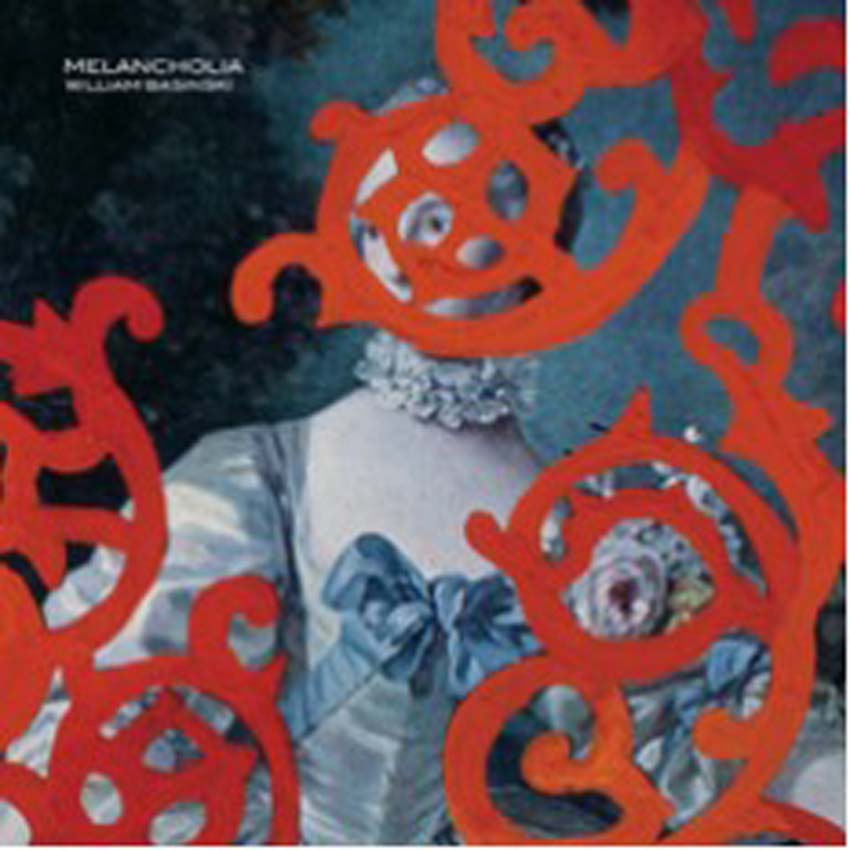 Newly released on vinyl for the first time (now with actual cover art!), this aptly titled 2003 album shares a surprising amount of common ground with last year's Nocturnes.  The key difference is that Melancholia is broken up into 14 discrete quasi-impressionist piano vignettes.  While history has shown that Basinski is primarily at his best with more longform work, this is still a likable and somewhat fascinating effort that occasionally offers up a few rather unique sci-fi-meets-Claude-Debussy moments.
Newly released on vinyl for the first time (now with actual cover art!), this aptly titled 2003 album shares a surprising amount of common ground with last year's Nocturnes.  The key difference is that Melancholia is broken up into 14 discrete quasi-impressionist piano vignettes.  While history has shown that Basinski is primarily at his best with more longform work, this is still a likable and somewhat fascinating effort that occasionally offers up a few rather unique sci-fi-meets-Claude-Debussy moments.
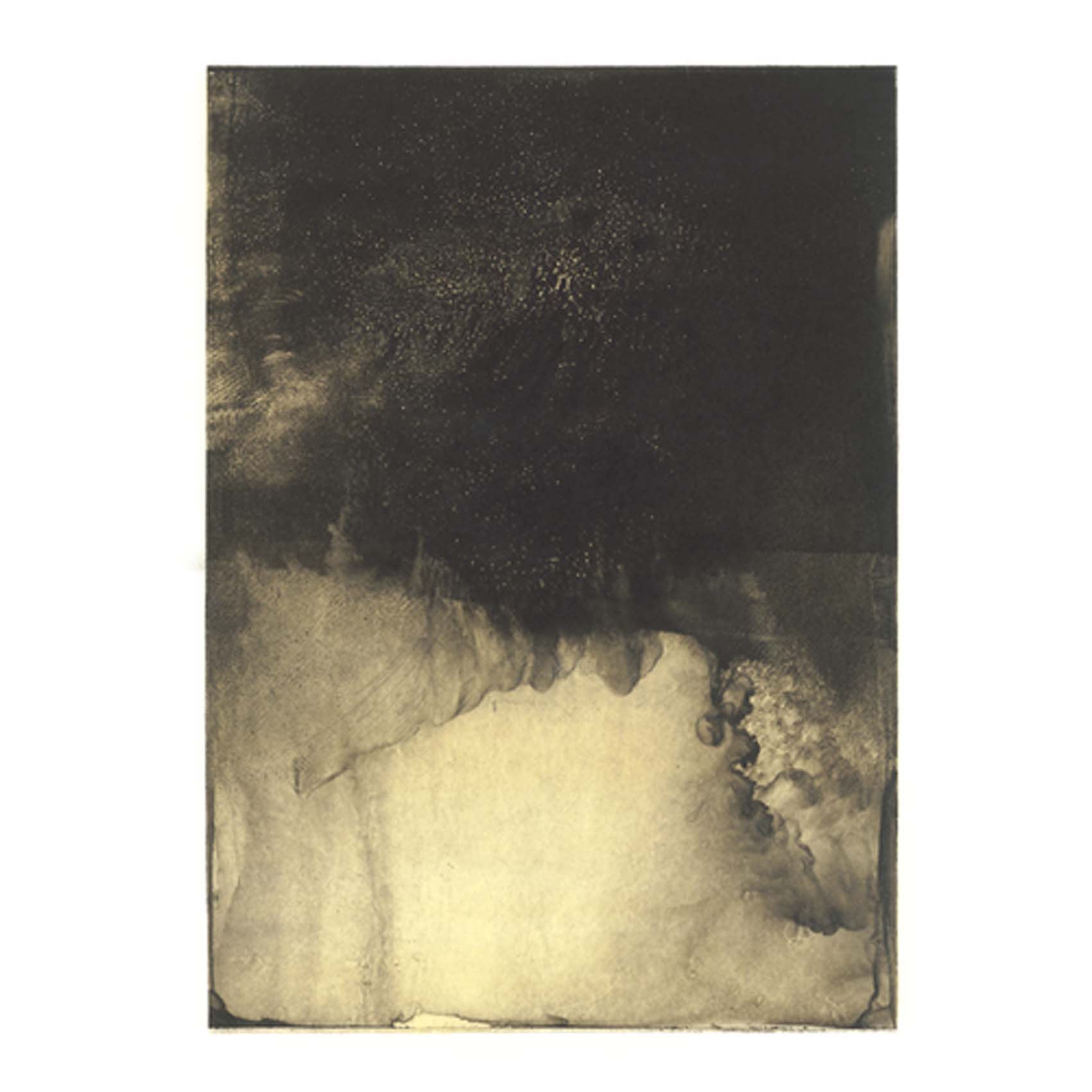 This album documents the convergence of all kinds of wonderful things at once: Students of Decay, Andrew Chalk's artwork, Rashad Becker's mastering talents, and two of my favorite West Coast experimentalists.  Appropriately, the resultant music is both excellent and distinctive, resembling an eclectically assembled chamber music ensemble trying their hand at understated, improvised drone music and realizing that they should have been doing that all along.
This album documents the convergence of all kinds of wonderful things at once: Students of Decay, Andrew Chalk's artwork, Rashad Becker's mastering talents, and two of my favorite West Coast experimentalists.  Appropriately, the resultant music is both excellent and distinctive, resembling an eclectically assembled chamber music ensemble trying their hand at understated, improvised drone music and realizing that they should have been doing that all along.
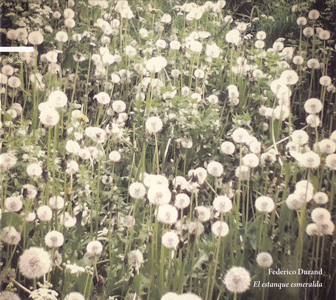 Federico Durand has been quietly making a name for himself in the world of sparse, minimalist sounds that lay somewhere in a nebulous space between synthetic and organic. His use of field recordings and acoustic guitars place his work in a very naturalistic setting, while processed and occasionally distorted layers of sound are anything but. He works heavily within this dynamic on both this new solo record and his collaborative project with like-minded composer Tomoyoshi Date in two different, yet complementary releases.
Federico Durand has been quietly making a name for himself in the world of sparse, minimalist sounds that lay somewhere in a nebulous space between synthetic and organic. His use of field recordings and acoustic guitars place his work in a very naturalistic setting, while processed and occasionally distorted layers of sound are anything but. He works heavily within this dynamic on both this new solo record and his collaborative project with like-minded composer Tomoyoshi Date in two different, yet complementary releases.
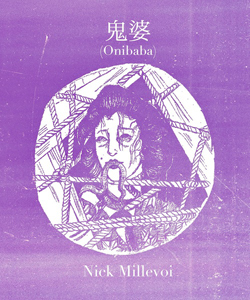 The two artists who are paired together on this split release differ in their sense of style and instrumentation, but what also unites them is a distinctly unique take on jazz improvisation. Millevoi may stick with a single instrument, the guitar, while (Onibaba)’s more diverse production and instrumentation has a different feel comparably. However, it is this improvisational nature of the recordings that makes it excel for both artists, with the right balance of order and noise.
The two artists who are paired together on this split release differ in their sense of style and instrumentation, but what also unites them is a distinctly unique take on jazz improvisation. Millevoi may stick with a single instrument, the guitar, while (Onibaba)’s more diverse production and instrumentation has a different feel comparably. However, it is this improvisational nature of the recordings that makes it excel for both artists, with the right balance of order and noise.
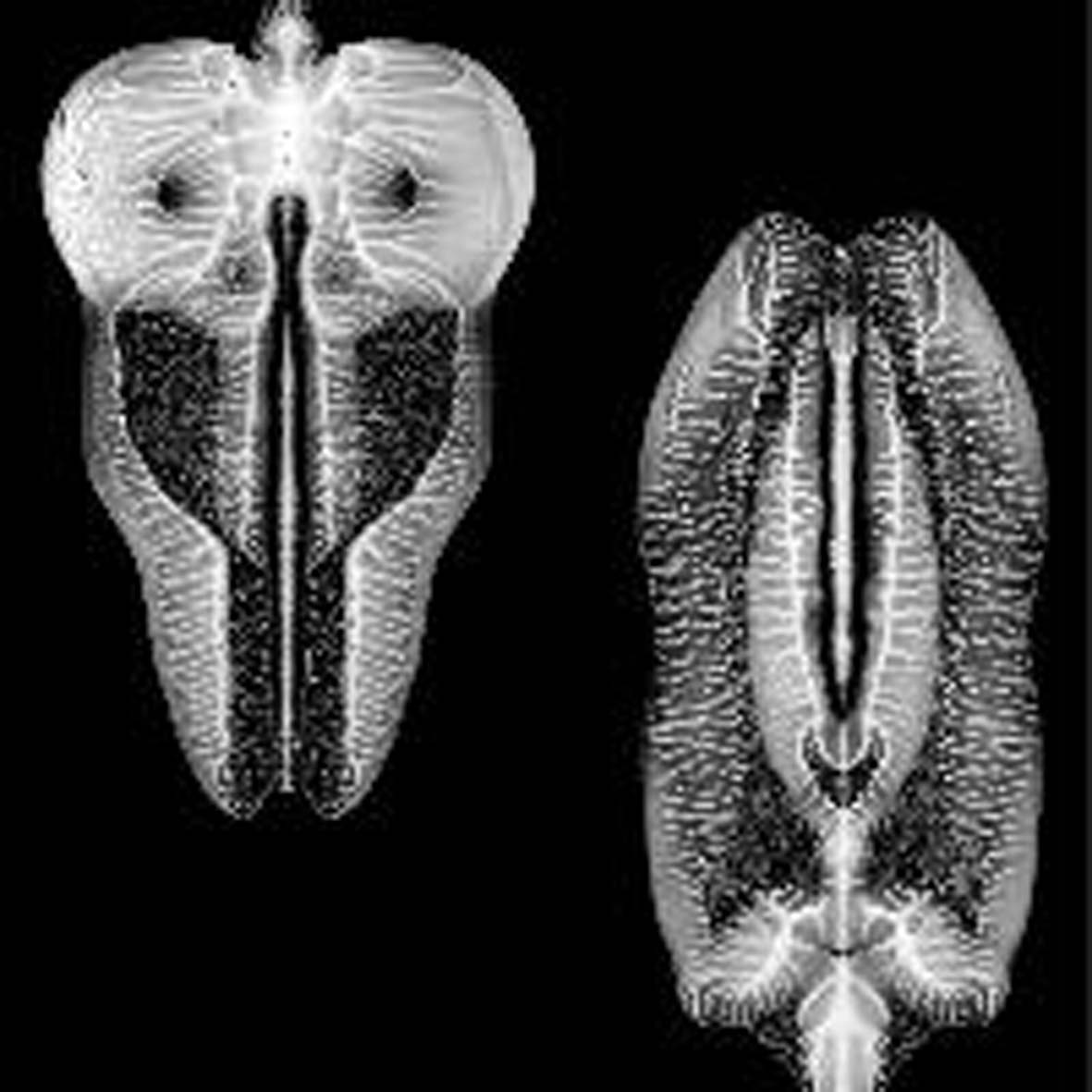 This latest Daniel Higgs-era full-length is in some ways a logical progression from 2011's memorable Peer Amid, offering up another healthy dose of muscular avant rock and bizarre shamanic stream-of consciousness vocals.  However, significant notable changes have taken place, most notably that group now seem more musically indebted to taut Gang of Four-style post-punk than they do to their messier, noisier influences.  That emphasis on precision, punchiness, and economy proves to be a fascinating backdrop for the band's metaphysical mantras and fables, as that bedrock of normalcy and control makes Dances' weirder elements seem even weirder than usual.
This latest Daniel Higgs-era full-length is in some ways a logical progression from 2011's memorable Peer Amid, offering up another healthy dose of muscular avant rock and bizarre shamanic stream-of consciousness vocals.  However, significant notable changes have taken place, most notably that group now seem more musically indebted to taut Gang of Four-style post-punk than they do to their messier, noisier influences.  That emphasis on precision, punchiness, and economy proves to be a fascinating backdrop for the band's metaphysical mantras and fables, as that bedrock of normalcy and control makes Dances' weirder elements seem even weirder than usual.
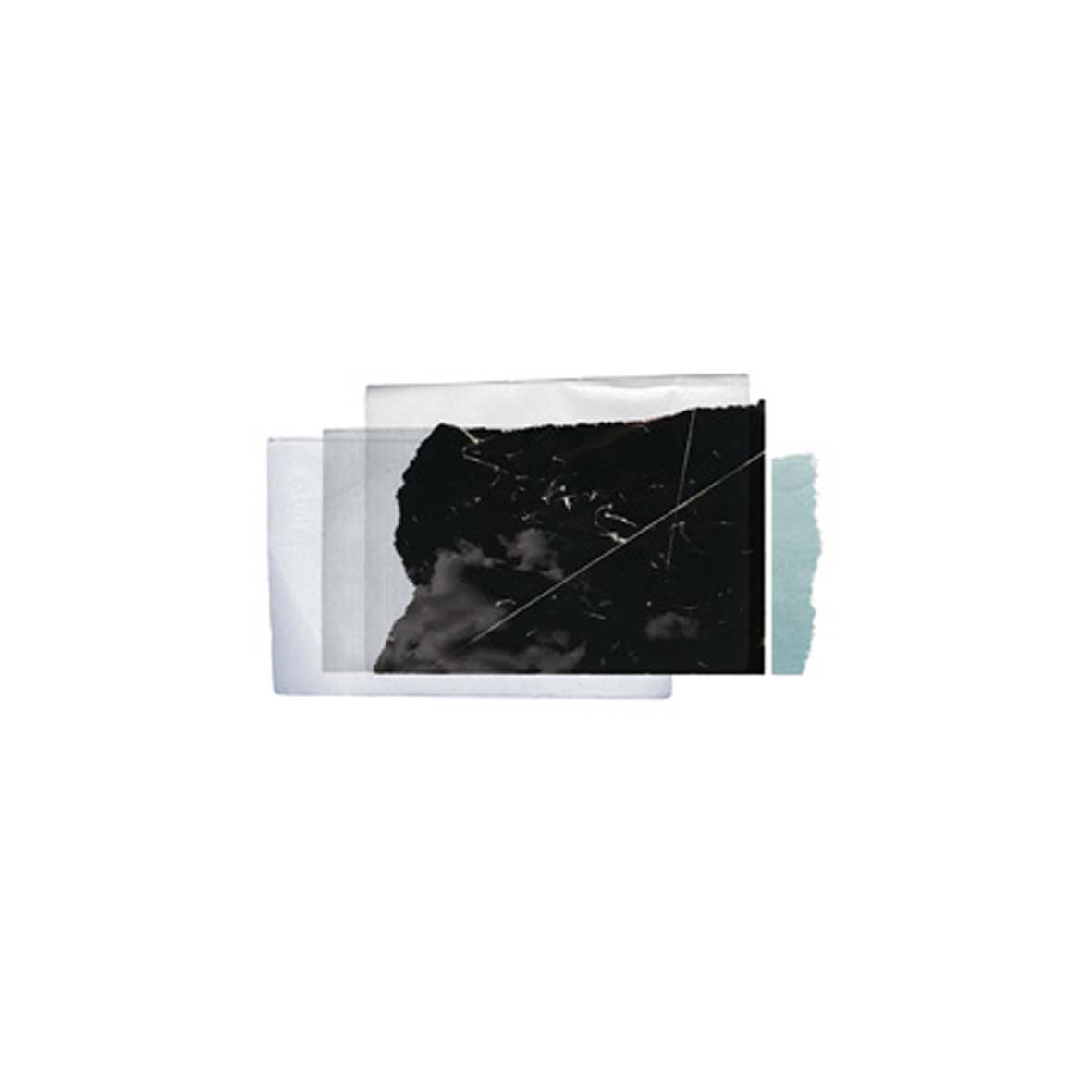 This album is a bit of an experiment in simplicity for Bissonnette, as he decided to limit himself solely to sounds generated from a synthesizer that he built himself.  While I was initially dismayed to see that such a reliably excellent composer had tossed in his lot with the recent glut of synth-worshippers, I am pleased to report that Christopher has not completely lost his mind and that he is still making music that is distinctively his own.  As a complete album, Essays does not quite stand with Bissonette’s lusher and more varied previous work, but some of the individual pieces are certainly quite good and I always like it when an artist takes an unexpected gamble.
This album is a bit of an experiment in simplicity for Bissonnette, as he decided to limit himself solely to sounds generated from a synthesizer that he built himself.  While I was initially dismayed to see that such a reliably excellent composer had tossed in his lot with the recent glut of synth-worshippers, I am pleased to report that Christopher has not completely lost his mind and that he is still making music that is distinctively his own.  As a complete album, Essays does not quite stand with Bissonette’s lusher and more varied previous work, but some of the individual pieces are certainly quite good and I always like it when an artist takes an unexpected gamble.
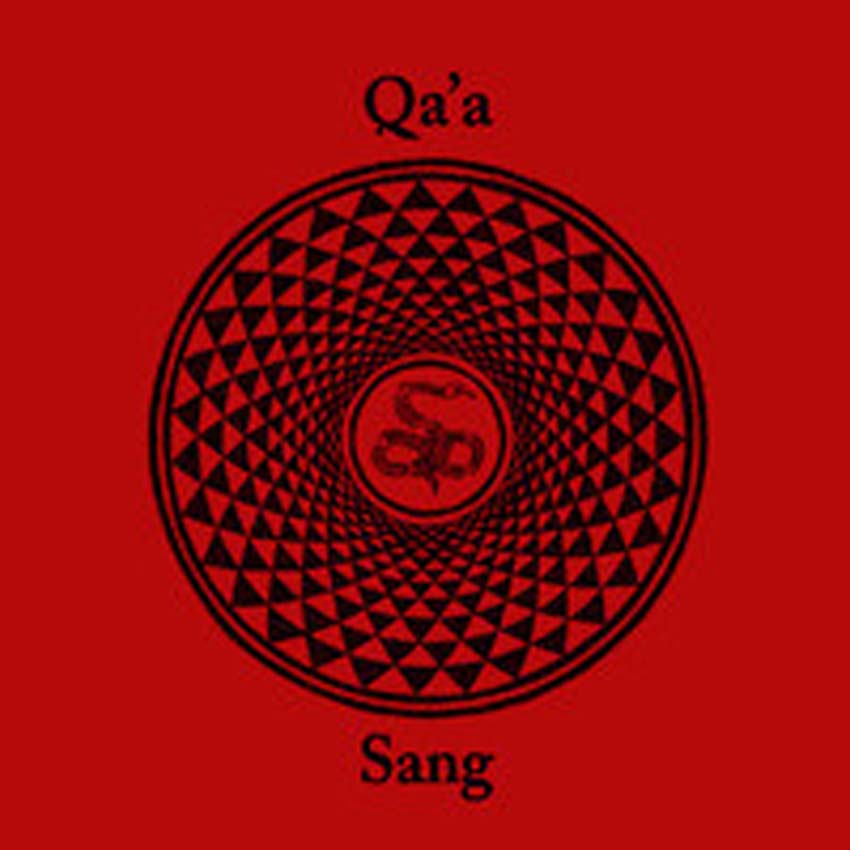 Qa'a is a long-running psych-rock project centered around Spain's Victor Hurtado (Huan) and it is quite a bizarre one, both conceptually (magical/quasi-ritualistic in intent) and musically (it sounds like a lost dispatch from Krautrock's weirdest fringes).  Consequently, it is no surprise that Hurtado has collaborated with Nurse With Wound in the past or that Qa'a's work has been championed by the über-eccentric Julian Cope.  I am not certain that I myself necessarily champion this overwhelming triple-LP, but Sang is undeniably significant and ambitious, resembling nothing less than the spiritual successor to folks like Can and Faust, albeit one that is also indebted to noise, outsider art, and Miles Davis' wilder fusion-era excesses.
Qa'a is a long-running psych-rock project centered around Spain's Victor Hurtado (Huan) and it is quite a bizarre one, both conceptually (magical/quasi-ritualistic in intent) and musically (it sounds like a lost dispatch from Krautrock's weirdest fringes).  Consequently, it is no surprise that Hurtado has collaborated with Nurse With Wound in the past or that Qa'a's work has been championed by the über-eccentric Julian Cope.  I am not certain that I myself necessarily champion this overwhelming triple-LP, but Sang is undeniably significant and ambitious, resembling nothing less than the spiritual successor to folks like Can and Faust, albeit one that is also indebted to noise, outsider art, and Miles Davis' wilder fusion-era excesses.



